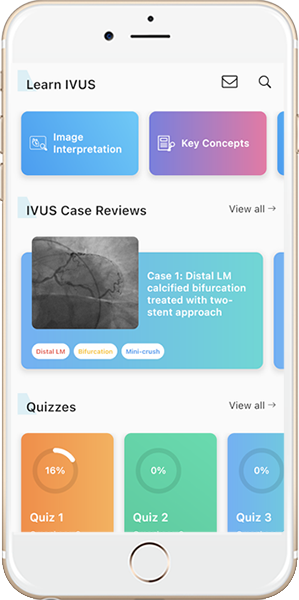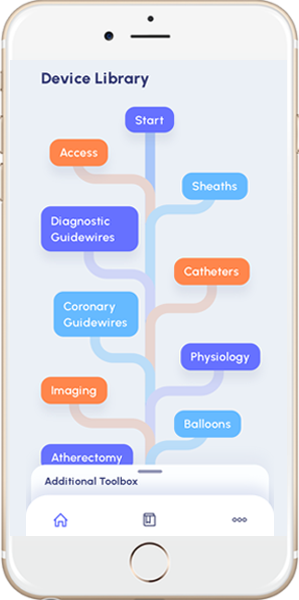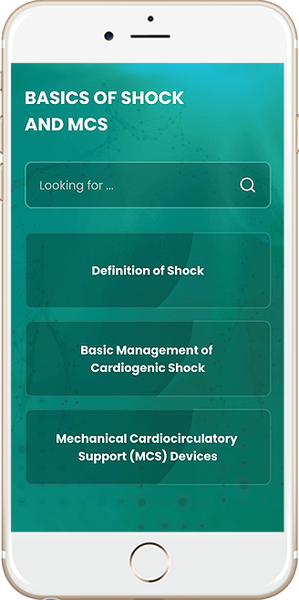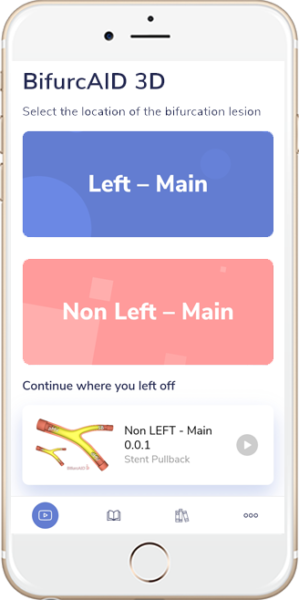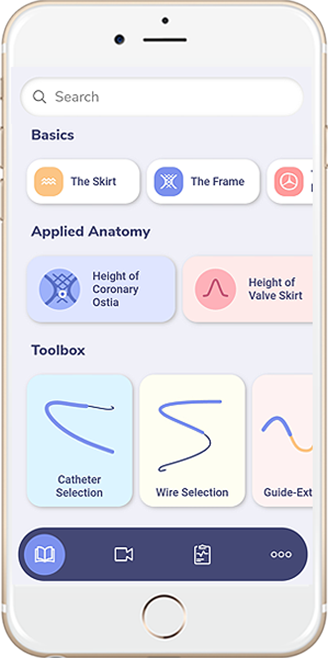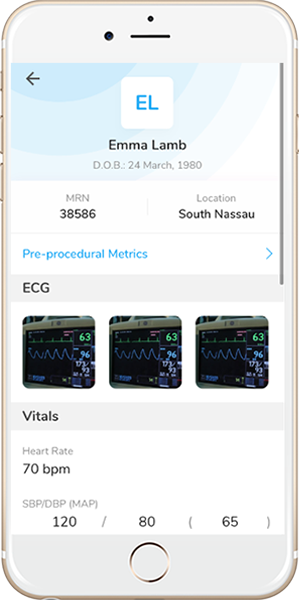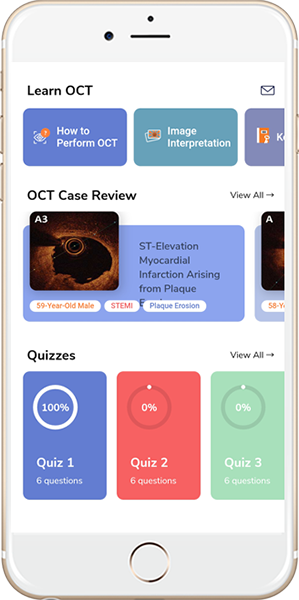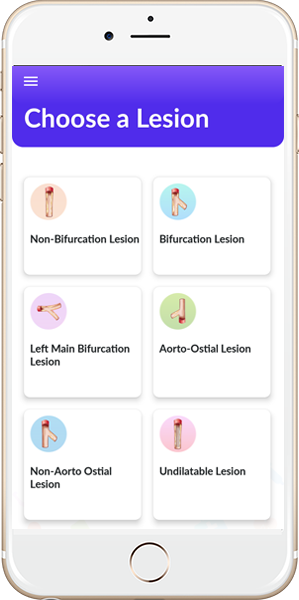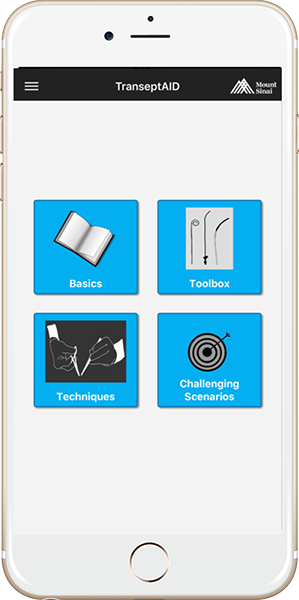Microcatheters
Microcatheter can be categorized according to the number of lumen and shape of the catheter.
1. Single lumen (based on size of catheter)
- Standard (Corsair Pro, Tornus, Turnpike, Turnpike Spiral, Teleport control, M-Cath, Mamba, Nhancer Pro X, Mizuki )
- Small (Caravel, Corsair XS, Turnpike LP, FineCross, Teleport, MicroCross 14, Mamba Flex)
2. Dual lumen (Twin-Pass Torque & Twin-Pass, Sasuke, Crusade, FineDuo, NHancer Rx, ReCross)
3. Angulated (SuperCross, Venture, Swift Ninja)
Single Lumen Microcatheter
It is mainly used for coronary guidewire support and exchange especially in complex coronary intervention.
Caravel
- Caravel is a low profile microcatheter specifically designed for high performance in tortuous anatomy and microchannels.
- It is a push only, non-torque microcatheter.
- Excellent crossing profile: 1.9Fr (0.62mm)
- 2 Caravels fit in a 6Fr guide catheter
Corsair Pro
- Taper soft tip (up to 1.3 Fr) and stainless steel coil shaft with 10 braided wires
- All-purpose torqueable microcatheter that is highly useful in chronic total occlusion and complex PCI procedures
- Rotation limited up to 10 times in each direction
Corsair Pro XS
- Corsair Pro XS is designed to be the lower profile torqueable microcatheter useful in complex PCI and CTO procedures, especially retrograde CTO cases
- Tip entry is 1.3F with crossing profile 2.1F
Tornus
- Contains a full stainless steel coil shaft that provide outstanding support, pushability, and torque performance when attempting to cross difficult lesions
- Shaft structure enables rotation of the catheter, providing excellent crossability
- It can be used for guide wire support, lesion crossing, and guide wire exchange
Corsair Armet
- It is a durable metal tipped torqueable microcatheter designed to enhance crossing of fibrous or calcified peripheral lesions
- With tip entry 1.5 F and a low entry profile 2.3Fr, it offers resistant to trapping during lesion crossing due to metal tip
Turnpike (Teleflex)
- Unique 5-layer composite shaft provides an ideal combination of flexibility and torque to help navigate through complex anatomy
- Dual-layer bidirectional coils facilitate torque transmission when rotating the catheter in both a clockwise and counterclockwise fashion
- Workhorse antegrade device, as well as retrograde escalation device for increasing torque power and guidewire support in resistant septal collaterals
Caution
- Do not rotate the catheter more than two (2) consecutive 360° rotations in either direction if the distal tip is not also rotating and advancing, as it may result in separation of the catheter, damage to the catheter, or vessel injury
Turnpike Spiral
- The Turnpike® Spiral Catheter has the same construction as the standard Turnpike® Catheter, with the addition of an outer coil attached to the distal 3 cm of the catheter shaft, which provides additional rotational advancement in resistant lesions
- Caution: It is contraindicated for use in vessels with an effective diameter that is smaller than 1 mm. Therefore, it is not intended to be used as a retrograde coronary device.
Turnpike Gold
- The Turnpike® Gold Catheter has the same shaft construction as both the standard and spiral versions, but replaces the soft polymer tip with a gold-plated, stainless steel tip for added rotational advancement through resistant lesions
- Available in 135cm and 150cm but it is contraindicated for use in vessels with an effective diameter smaller than 1mm and hence, not intended to be used as a retrograde coronary device
Turnpike LP
- The Turnpike® LP Catheter is similar to the standard Turnpike® Catheter, but with a lower distal shaft profile and increased flexibility on the distal shaft and tip
- Its lower profile and increased flexibility makes the 150 cm Turnpike® LP Catheter an ideal tool for navigating small and tortuous retrograde collateral vessels; while the 135 cm Turnpike® LP Catheter can be used for antegrade procedures
Comparison of Torqueable Catheters

FineCross (Terumo)
- FINECROSS MG stainless steel braid construction is designed to provide strength, responsiveness and support for improved pushability to access and cross complex lesions
- Tapered inner and outer diameters, from 2.6Fr to 1.8 Fr over the entire length
Teleport (CSI)
- It is a low profile catheter (entry profile 0.019 inch) which offers better pushability for navigation inside lesions and micro channels
- HYbrid BRAiding + Coil (HYBRACOIL) construction for guidewire support and crossing
Teleport Control (CSI)
- Teleport Control applies thicker braiding for extra torqueability with an entry profile of 0.019 inch
Mamba (Boston Scientific)
- 4F crossing profile
- 3 coil taper zones for exceptional antegrade wire penetration support
- Highly pushable and torqueable
Mamba Flex 135/150
- 1F crossing profile
- 5 coil taper zones for enhanced flexibility, deliverability, and wire follow
- Excellent deliverability through tortuous vessels
- 135 cm length for antegrade and 150 cm length for retrograde
Dual Lumen Catheters
Sasuke (Asahi)
- Dual lumen catheter with 6.5 mm tip to OTW port negates the need for deep engagement in side branches and complex lesions
- With double stainless steel core, it provides excellent kink resistance and pushability

Twin-pass and Twin-pass Torque Dual Access Catheter (Teleflex)
- The dual lumen innovative design provides the ability to leave the guidewire in-place while the second lumen is used for advancement of a second 0.014” guidewire or sub selectively infuse/deliver diagnostic and therapeutic agents
Crusade (Kaneka)
- Provides antegrade wire support
- Facilitates wiring of side branches
- Efficient wiring of stent structs
- Distal tip length: 6.5mm
FineDuo (Terumo)
- A low profile, multifunctional, dual lumen micro-catheter that provides robust support and easy access to complex coronary vasculature
- Distal tip length: 6.5mm
NHancer Rx Dual lumen Catheter (IMDS)
- NHancer Rx is a dual lumen Rapid Exchange single use device, consisting of a hub, a shaft, a distal tip at the Rx section and a proximal tip at the OTW section.
- Distal tip length: 6.5mm
Angulated Microcatheters
Continuous advance in devices technology including guidewire, balloon and stent, as well as the enhanced operator experience has significantly increased the procedural success rate of PCI. However, certain anatomical conditions, such as severe vessel tortuosity or angulation, and ostial calcified lesions demand specific device to overcome technical challenges.
Hence, steerable or angulated microcatheter are invented to counter anatomical challenges and perform a successful coronary intervention. There are three available angulated microcatheters on the market.
SuperCross (Teleflex)
- SuperCross Microcatheters provide support in tortuous anatomy and navigating bifurcated vessels
- Multiple tip options: Straight Flexible tip (FT), 45°, 90°, 120°, 90° XT (extended tip)
- Straight FT version has a stiffer tip for more supportive delivery and increased pushability to access complex anatomy
Venture Catheters (Teleflex)
- The catheter tip be deflected up to 90° to precisely direct guidewires around bends and tortuosity during complex cases
- Hydrophilic coating on the distal 24 cm (RX) or 45 cm (OTW) provides excellent lubricity for delivery
- 8 mm distal tip platinum construction provides excellent radiopacity
Swiftninja Steerable Microcatheter (Merit Medical)
- A straight tip catheter that articulates up to 180 degrees in opposing directions to facilitate for challenging side branch wiring and intervention
- Once the tip is positioned at desired location, it can be ‘locked’ to hold the shape in that position

